Archives
- 2025-11
- 2025-10
- 2025-09
- 2025-03
- 2025-02
- 2025-01
- 2024-12
- 2024-11
- 2024-10
- 2024-09
- 2024-08
- 2024-07
- 2024-06
- 2024-05
- 2024-04
- 2024-03
- 2024-02
- 2024-01
- 2023-12
- 2023-11
- 2023-10
- 2023-09
- 2023-08
- 2023-07
- 2023-06
- 2023-05
- 2023-04
- 2023-03
- 2023-02
- 2023-01
- 2022-12
- 2022-11
- 2022-10
- 2022-09
- 2022-08
- 2022-07
- 2022-06
- 2022-05
- 2022-04
- 2022-03
- 2022-02
- 2022-01
- 2021-12
- 2021-11
- 2021-10
- 2021-09
- 2021-08
- 2021-07
- 2021-06
- 2021-05
- 2021-04
- 2021-03
- 2021-02
- 2021-01
- 2020-12
- 2020-11
- 2020-10
- 2020-09
- 2020-08
- 2020-07
- 2020-06
- 2020-05
- 2020-04
- 2020-03
- 2020-02
- 2020-01
- 2019-12
- 2019-11
- 2019-10
- 2019-09
- 2019-08
- 2019-07
- 2019-06
- 2019-05
- 2019-04
- 2018-07
-
While considering the molecular pathogenesis of an MPNST the
2022-04-13
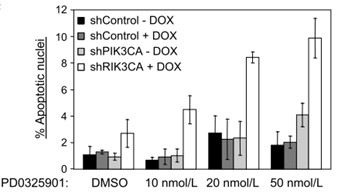
While considering the molecular pathogenesis of an MPNST, the Ras/Raf/MEK/ERK, mTOR/AKT, p53, and PTEN pathways associated with tumor growth have been described (McCubrey et al., 2012). The involvement of receptor tyrosine kinases such as EGFR and TAM receptor families, and its associated molecular
-
br Introduction Marijuana remains the most
2022-04-12
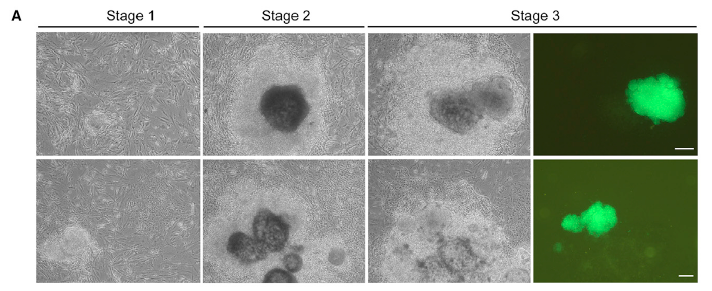
Introduction Marijuana remains the most widely used illegal drug (Murray et al., 2007), and its validated targets include plasma membrane cannabinoid receptors, many of which are found in the central nervous system. The diverse physiological effects produced by marijuana and cannabinoid ligands s
-
Recently a G protein coupled receptor
2022-04-12

Recently, a G-protein-coupled receptor, GPR109a, was identified as a molecular target for niacin. Mechanistic studies have suggested that the benefits of niacin therapy may result from the activation of GPR109a located on adipocytes. Recent experiments have shown that niacin activation of GPR109a re
-
Finally we investigated if calpain truncation affects GlyT t
2022-04-12
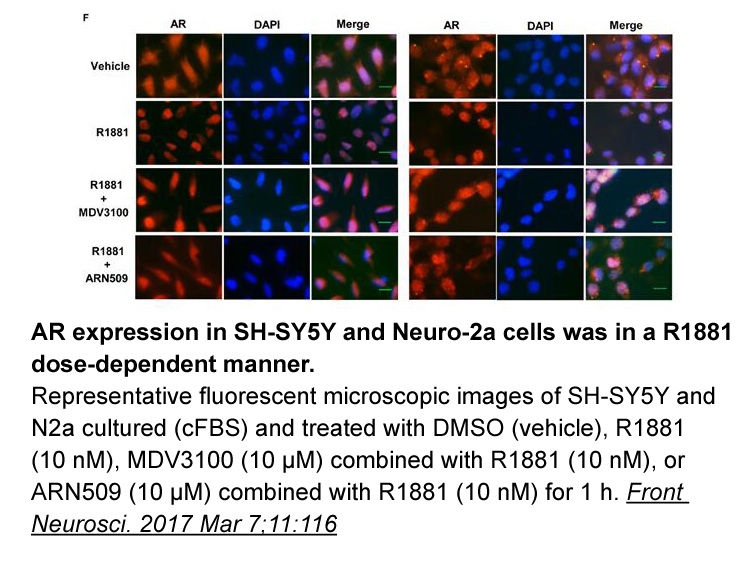
Finally, we investigated if calpain truncation affects GlyT1 turnover and trafficking. To simulate calpain cleavage at the T602/T603 and G626/S627 sites we constructed GlyT1 transporters missing the last 12 and 36 amino acids. Since the 36 amino fura 2 am receptor truncation also removes all C-term
-
Neurotransmitter transporters are rapidly recycled
2022-04-12

Neurotransmitter transporters are rapidly recycled from and to the membrane. For instance, the GABA transporter GAT1 is recycled in a calcium and depolarization dependent manner. GAT1 located in the plasma membrane is internalized to a subpopulation of small vesicles different from the classical neu
-
br Investigations br Genetics GLUT is a
2022-04-12
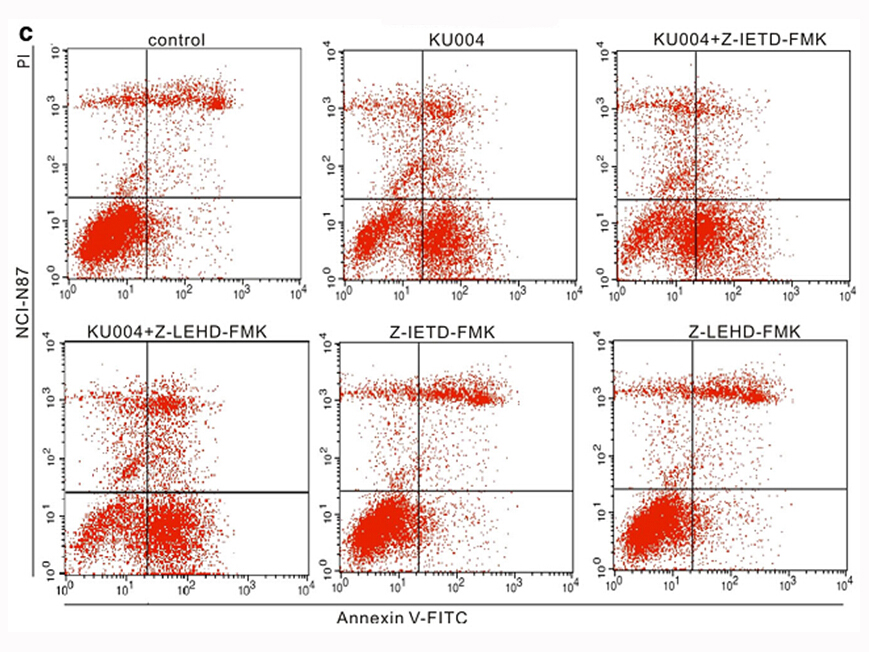
Investigations Genetics GLUT1 is a membrane-bound glycoprotein that provides base-rate glucose transport across blood-tissue barriers. It is constituitively expressed in erythrocytes, RF 9 microvessels and astroglia. The gene exclusively associated with GLUT1 is SLC2A1, located on chromosome
-
SGLT inhibitors have been accepted as a
2022-04-12

SGLT-2 inhibitors have been accepted as a new class of antidiabetic agent (Kurosaki and Ogasawara, 2013). They limit renal glucose reabsorption and promote urinary excretion of glucose, thereby reducing plasma glucose levels (de Leeuw and de Boer, 2016, Jojima et al., 2016, Pérez López et al., 2010,
-
br Acknowledgements The authors are grateful for
2022-04-12

Acknowledgements The authors are grateful for funding provided by the Health Research Council of New Zealand. Introduction Glucose is the most important energy carrier of the brain. Glucose transporter type 1 (Glut1) is located at the blood–brain barrier and assures the energy-independent, fa
-
Deregulation of HH signaling pathway in epidermal keratinocy
2022-04-12

Deregulation of HH signaling pathway in epidermal keratinocytes is a primary event leading to the formation of BCC (see above). Overexpression of SHH in HaCaT keratinocytes grown in organotypic cultures induces a basal cell phenotype and increases invasiveness. This behavior is linked to increased E
-
Trametinib DMSO solvate Gap junctions mediate electrical cou
2022-04-12

Gap junctions mediate electrical coupling between cells by conducting direct ionic currents and thereby modulate their electrical activity (Hormuzdi et al., 2004). In the nervous system, electrical coupling organizes network activity by amplifying and synchronizing neuronal firing (Galarreta and Hes
-
br Gap junctions hemichannels and connexins Molecular charac
2022-04-12
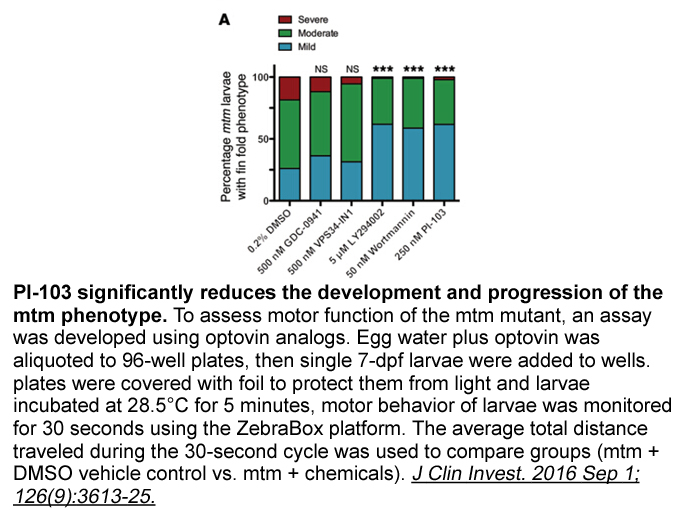
Gap junctions, hemichannels and connexins: Molecular characteristics and function Cell-to-cell communication is of extreme importance in tissue homeostasis, which is maintained by transmission of regulatory signals (Fig. 1). Intercellular communication via gap junctions (GJs) represents one of th
-
br Conclusion br Acknowledgements br
2022-04-12
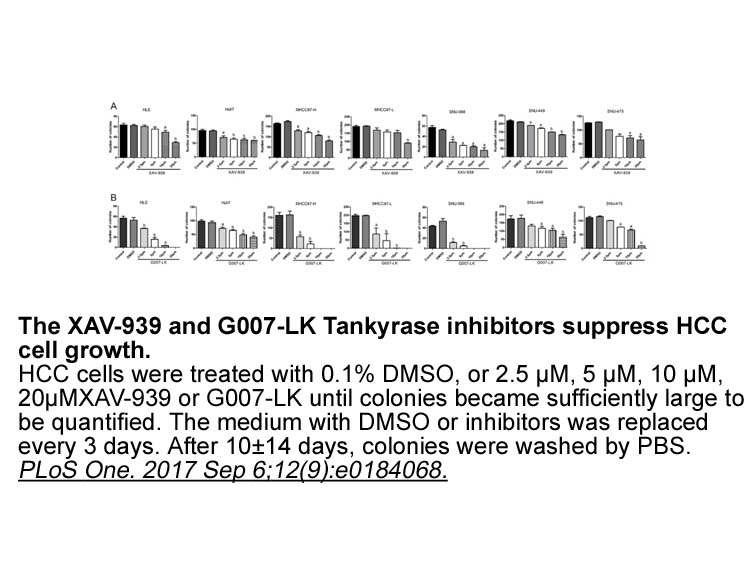
Conclusion Acknowledgements Introduction γ- Aminobutyric simvastatin zocor (GABA) is the main inhibitory neurotransmitter in the adult central nervous system. GABA receptors are divided into two classes, GABAA and GABAB. GABAA is an ionotropic receptor that mediates fast GABA responses by
-
br Introduction Hepatocyte injury initiates and facilitates
2022-04-12
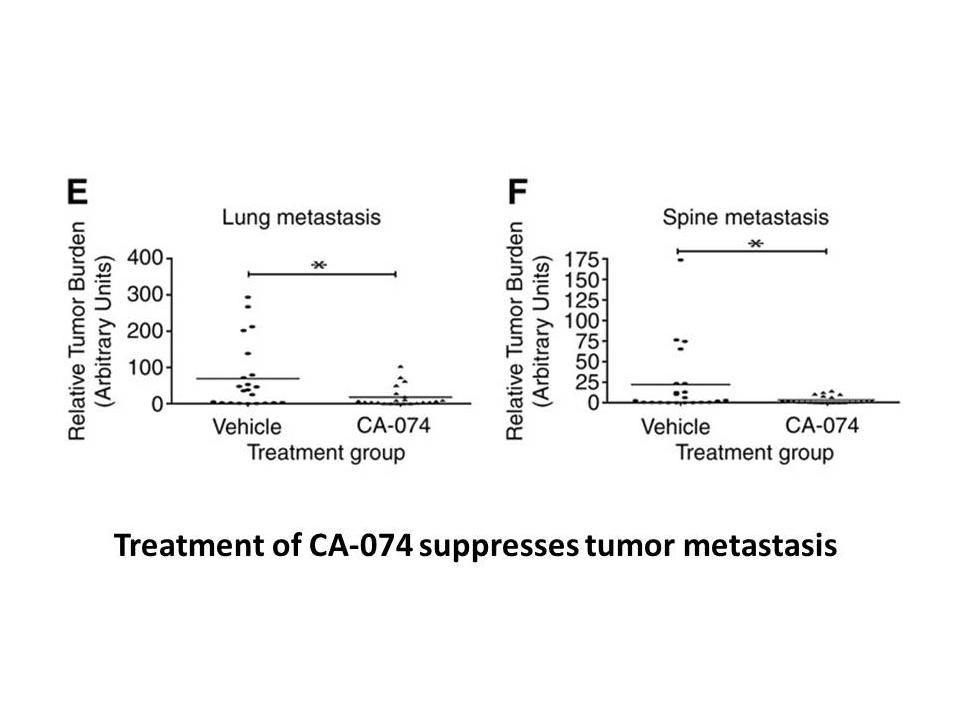
Introduction Hepatocyte injury initiates and facilitates inflammation in the course of liver disease progression. Thus, understanding the regulatory basis for sensing and responding to damage-associated inflammatory processes in the liver’s parenchymal cells is a primary issue in liver pathophysi
-
Stimulation of FPR by bacterial N formyl peptides induces
2022-04-12

Stimulation of FPR by bacterial N-formyl peptides induces basophil and mast RGFP966 release of immunogenic compounds such as histamine [21], [31]. Furthermore, we demonstrated that histamine plays a role in F-MITs-induced sepsis-like symptoms since cimetidine, a histamine H2-receptor antagonist, com
-
Polyunsaturated fatty acids PUFAs represent a class of
2022-04-12
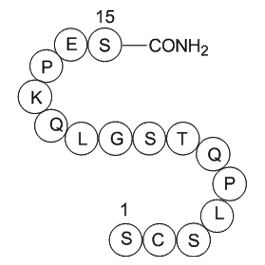
Polyunsaturated fatty acids (PUFAs) represent a class of lipids that contain two or more carbon double (unsaturated) bonds (CC) and classified as n-3, n-6 and n-9 fatty acids. PUFAs including n-3 such as docosahexaenoic TH588 sale (DHA), eicosapentaenoic acid (EPA) and n-6 such as arachidonic acid (
15943 records 468/1063 page Previous Next First page 上5页 466467468469470 下5页 Last page